Creating low emission zones improves quality of life
In recent times, the Ministry of Construction has coordinated with localities to implement many policies related to green vehicles. In particular, a legal corridor on the operation of low-emission vehicles has been issued, paving the way for environmentally friendly traffic zoning in large cities.
In Hanoi, low-emission zones are being piloted in central districts such as Hoan Kiem and Ba Dinh. Regarding the legal basis, the 2024 Capital Law has specific regulations on environmental protection. At the same time, Resolution 47/NQ-HDND of the City People's Council stipulates that heavy-duty diesel trucks will be banned and that cars that do not meet level 4 emission standards and motorbikes that do not meet level 2 standards will be restricted from operating in low-emission zones within certain time frames and areas. The implementation roadmap is divided into two phases, in which the 2025 - 2030 phase will pilot low-emission zones in some of the above central areas; then it will be expanded to areas that meet the prescribed criteria. This is the first resolution in the country to clearly establish criteria, conditions and procedures for implementing low-emission zones, which has high reference value for other urban areas across the country.
Along with legal regulations, the city is also synchronously implementing measures such as strengthening air monitoring, controlling fine dust from traffic, construction works, industry and urban activities. In particular, the public transport system is gradually modernizing with the introduction of electric buses, expanding bicycle lanes, urban railways and walking areas. Hanoi's implementation of low-emission zones clearly demonstrates the inevitable trend in the process of transforming the urban model - from development based on fossil energy consumption to sustainable, environmentally friendly development. This is not only a response to increasingly serious air pollution but also a strategic step to restructure the transport system and improve the quality of urban life.
In fact, not only in Hanoi, but also in Ho Chi Minh City, the shift to green transportation is gradually becoming clear. Electric bus routes in the inner city are coming into operation, connecting with the future metro system, giving people more convenient options. Some transportation and public service enterprises have also begun to convert their vehicles towards electrification.
Need a shift in perception
Although there are signs that the trend of shifting to a low-emission urban model is gradually appearing, the road ahead is still long and full of challenges. A clear example is that Hanoi has put into operation Vinbus electric bus routes, green buses, developed an urban railway system... but the proportion of people using public transport is still only about 20%, not meeting the travel needs of a city of more than 8 million people. In particular, the urban railway routes currently do not directly connect to the two pilot districts of low-emission zones, as well as from Noi Bai airport to key tourist destinations in the inner city. Therefore, to realize the goals of the Resolution, Hanoi needs to continue to invest heavily in public transport, organize mandatory emission testing and deploy emission identification stickers for vehicles, especially motorbikes.
Thus, the development of low-emission zones does not stop at planning, but requires a comprehensive solution from infrastructure, technology to communication. One of the key factors is to build a network of charging stations that meets actual needs. Currently, the Ministry of Industry and Trade is completing the electricity price policy framework for charging stations, while the Ministry of Construction and related agencies are also developing infrastructure standards for charging stations at bus stations, rest stops and residential areas. These are necessary conditions to encourage people to use electric vehicles.
In addition to infrastructure and policy, the human factor also plays a key role. The behavioral shift from high-emission personal vehicles to green vehicles needs to be driven by effective communication, public education and long-term commitment from both the State and businesses. Consumers need to have access to transparent and accurate information about the benefits of electric vehicles as well as satisfactory answers to concerns about quality, durability and cost of use.
International experience from Korea, China, Europe... has shown that a green transport ecosystem can only be formed when there is close coordination between the State, businesses and people. Only when green vehicles become convenient, economical and reliable, will people be willing to change their behavior, joining hands to build a green, clean and livable urban future.
Source: https://baophapluat.vn/hinh-thanh-khu-do-thi-phat-thai-thap-can-tim-giai-phap-dot-pha-post546150.html



![[Photo] General Secretary To Lam meets and expresses gratitude to Vietnam's Belarusian friends](https://vphoto.vietnam.vn/thumb/1200x675/vietnam/resource/IMAGE/2025/5/11/c515ee2054c54a87aa8a7cb520f2fa6e)
![[Photo] General Secretary To Lam arrives in Minsk, begins state visit to Belarus](https://vphoto.vietnam.vn/thumb/1200x675/vietnam/resource/IMAGE/2025/5/11/76602f587468437f8b5b7104495f444d)
![[Photo] General Secretary To Lam concludes visit to Russia, departs for Belarus](https://vphoto.vietnam.vn/thumb/1200x675/vietnam/resource/IMAGE/2025/5/11/0acf1081a95e4b1d9886c67fdafd95ed)






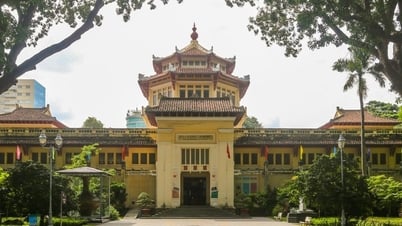





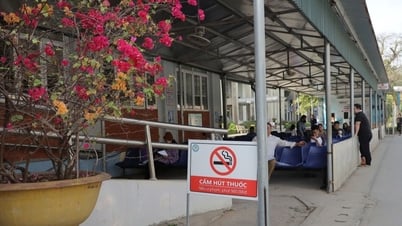

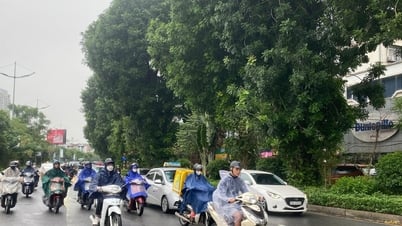
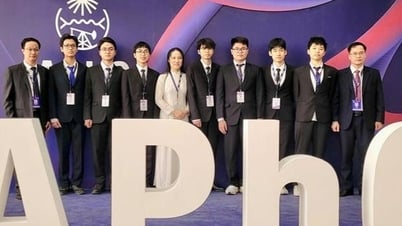


![[Photo] National Assembly Chairman Tran Thanh Man attends the Party Congress of the Committee for Culture and Social Affairs](https://vphoto.vietnam.vn/thumb/1200x675/vietnam/resource/IMAGE/2025/5/11/f5ed02beb9404bca998a08b34ef255a6)














































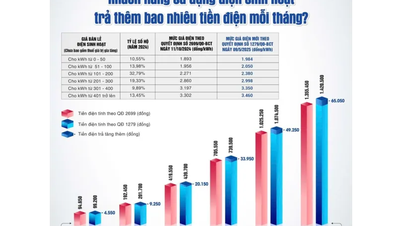



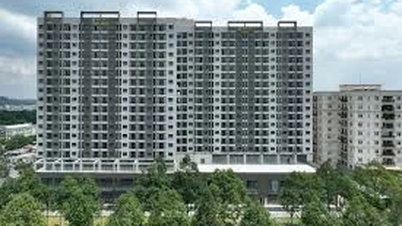

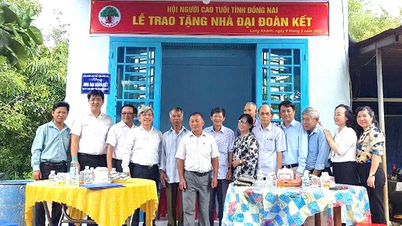










Comment (0)